We’re taking a week off from posting new content — our first break in almost 6 years — so we’re using this opportunity to repost some older articles that didn’t get the attention they deserved the first time around.
 (Originally published on October 17, 2006.)
(Originally published on October 17, 2006.)
—
Follicular Unit Extraction (FUE) has been in vogue with hair transplantation surgeons in recent years. It is an elegant approach where one follicular unit is taken from a patient’s donor area, one at a time. There are no scalpels or the traditional linear scar. An FUE procedure requires a special 0.7 to 1 mm diameter tool that is used to harvest each hair follicle. All incisions and cuts leave a scar, but an FUE scar is barely visible to the naked eye because each FUE scar shrinks to less than 0.5mm.
There are many variables that contribute to the success or failure of an FUE. As one can imagine, harvesting a single hair follicle one at a time can be extremely tedious and fatiguing to the surgeon if he/she had to do it several hundred times for each procedure. More importantly, negotiating a 0.7 to 1 mm diameter tool to perfectly encompass a hair follicle is technically challenging even under magnification and requires a very steady hand and much experience doing it. Of course, one might ask how a doctor gets that experience and what the cost is to the patients from which that experience comes from.
There are also uncontrollable patient dependent physiologic variables as well, including:
- Hair characteristics such as color and thickness
- Skin characteristics such as hydration level, elasticity, degree of fatty tissue content
- Idiopathic variables (the unknown)
All the above variables contribute to what is called a transection rate. A transection of a hair follicle means that a portion or even the entire hair follicle was cut along its body and could be damaged, which may jeopardize its viability. A complete transected hair follicle will not grow hair when it is implanted.
A “successful” extraction of one hair follicle with the current FUE technique is a very relative term. To better illustrate this point we must understand the anatomy of a follicular unit with respect to the transection rate. One follicular unit can be a group of one, two, three, or four hairs. One patient may have a predominance of two-hair-grouped follicles and the other four-hair-grouped follicles. For example, when a surgeon extracts a four-hair-grouped follicle with an FUE technique and transects half the follicle, only two hairs will grow and the remaining two may be killed off, lost in never-never land. The way some doctors count, this is widely considered a successful FUE effort (not by me, of course), because this means only 50% of hair was harvested and 50% is lost forever! To make matters worse, the patients may be fully charged ($$) for that follicle even with the transection as long a one hair is viable (a shady process to say the least). What is even worse than that is that in a complete transection, that follicle is likely dead forever and even if the doctor did not charge for the complete transaction (as he/she should not charge for it) it would be considered by me to be negative value, reducing the person’s donor hair forever. One may argue that acceptable transection rate for a “successful” FUE is 10% or less, but this is not advertised and most patients (the consumers) do not have a clear understanding of this fact. Nothing in real life is 100%. Even the traditional hair transplant surgery with the donor strip incision has a 2 to 5% transection rate.
From a historical point of view, it is interesting to note that New Hair Institute (NHI) was well aware of the possibility of transection rates in excess of 10% as early as 1997 before FUE was in vogue and four years prior to the landmark article published by Rassman, et. al. In conjunction with Dr. Jae Pak (with his mechanical engineering background) the two designed and built a prototype computerized video Follicular Extraction (FLEX) device which was patented by Dr. William Rassman (U.S. Patent 6,572,625). Even that device did not achieve did not consistently achieve the ideal ‘less than 10% transection’ in all patients and FUE can not match the 2 to 5% transection rate of the traditional donor strip incision. The transection rate by our NHI surgeons are still well within the 10% range for FUE and we make no pretenses that it is better than that routinely. Because of inherent limitations of FUE and uncontrollable patient variations, any claims of transection rate of less than 10% should be viewed as highly suspect. The automated process covered by the patent technology (above) is not commercially available… yet!
With the current state of technology, a surgeon may perfect his FUE technique, but the inherent patient variability will keep the FUE transection rate higher than the traditional donor strip incision technique. An informed patient should know the risks and benefits of any surgical procedure. The FUE procedure with its virtually non detectable scarring is an attractive alternative to the traditional donor strip incision and may be good when the amount of hair needed is small because the balding area being treated is not great, but its inherent transection potential may be a deterrent for the very bald patients who want the most hair possible from their donor site.
More information on the FUE technique:


 (Originally published on July 1, 2009.)
(Originally published on July 1, 2009.)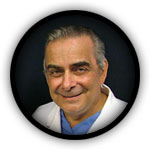 Each and every day, I receive emails from readers asking about individual doctors’ and their reputations or even wondering if the doctor they just met with is a good doctor. Most doctors care about you and are competent and ethical, but there are a few who really don’t give a damn about you and look at you as a way to simply make more money. The unethical doctors often push men who are too early to have a transplant (like most 20 year olds) into getting one when they don’t need it, or they expand the number of grafts in a transplant procedure into areas that do not have hair loss under the guise of performing preventive hair transplants which happen to push their fees higher. Unfortunately, there are too many unethical doctors doing hair transplants and while I’m always willing to help when I can, I’m disappointed when I hear how some doctors take advantage of people in an attempt to line their pockets with your money.
Each and every day, I receive emails from readers asking about individual doctors’ and their reputations or even wondering if the doctor they just met with is a good doctor. Most doctors care about you and are competent and ethical, but there are a few who really don’t give a damn about you and look at you as a way to simply make more money. The unethical doctors often push men who are too early to have a transplant (like most 20 year olds) into getting one when they don’t need it, or they expand the number of grafts in a transplant procedure into areas that do not have hair loss under the guise of performing preventive hair transplants which happen to push their fees higher. Unfortunately, there are too many unethical doctors doing hair transplants and while I’m always willing to help when I can, I’m disappointed when I hear how some doctors take advantage of people in an attempt to line their pockets with your money.
 I also write about why it’s important to shop around for the best doctor before committing to a hair transplant. Don’t be afraid to have to travel to get a surgery that is PERMANENT and on your head! Don’t settle for someone you’re not comfortable with just because it is convenient. At NHI, we offer
I also write about why it’s important to shop around for the best doctor before committing to a hair transplant. Don’t be afraid to have to travel to get a surgery that is PERMANENT and on your head! Don’t settle for someone you’re not comfortable with just because it is convenient. At NHI, we offer 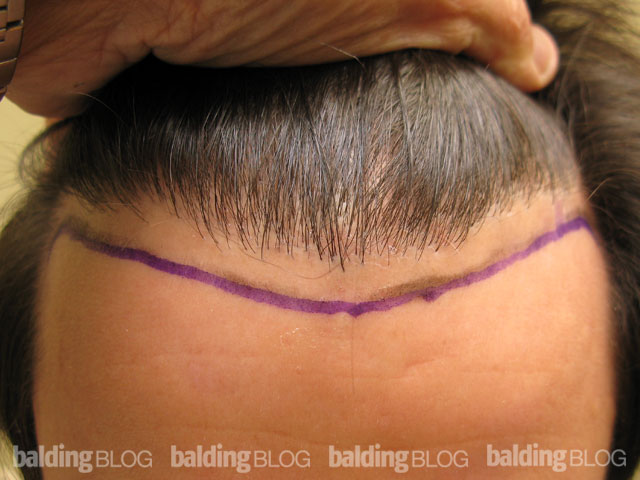
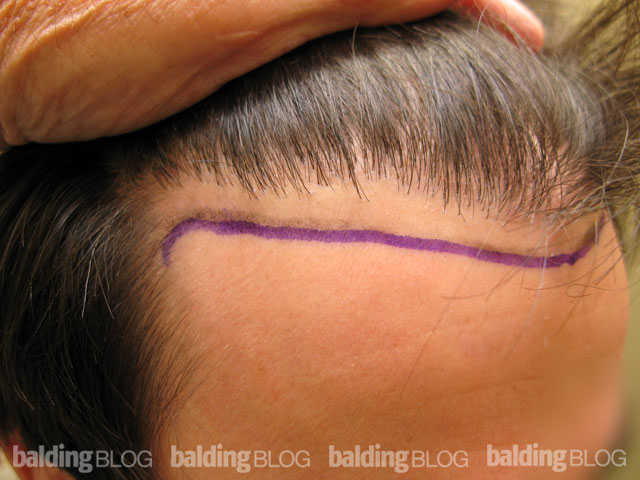
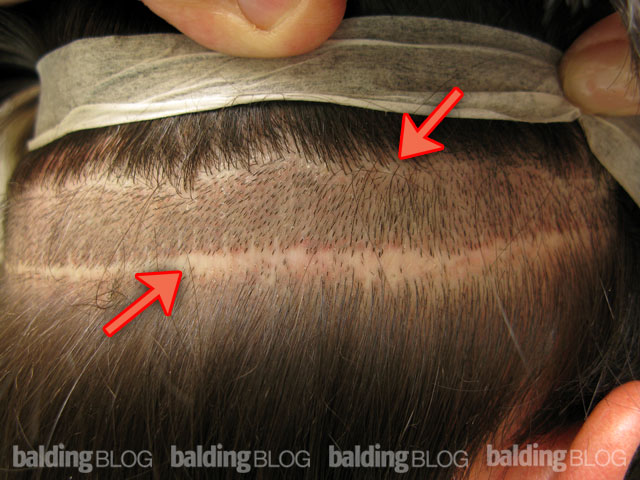
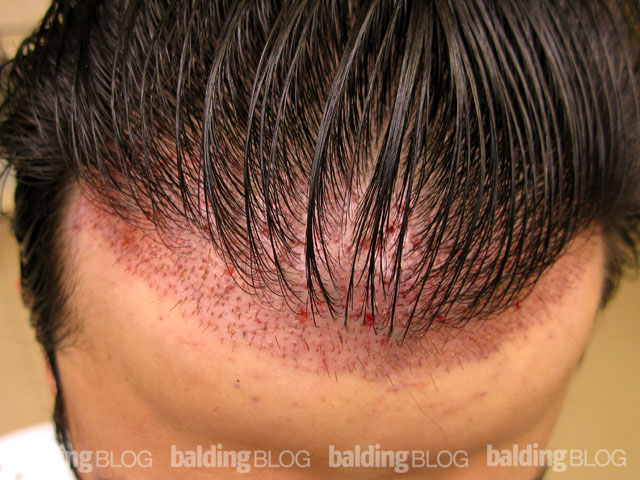
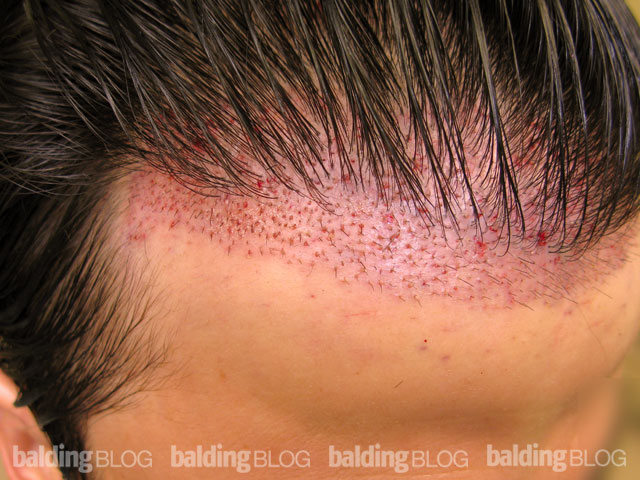
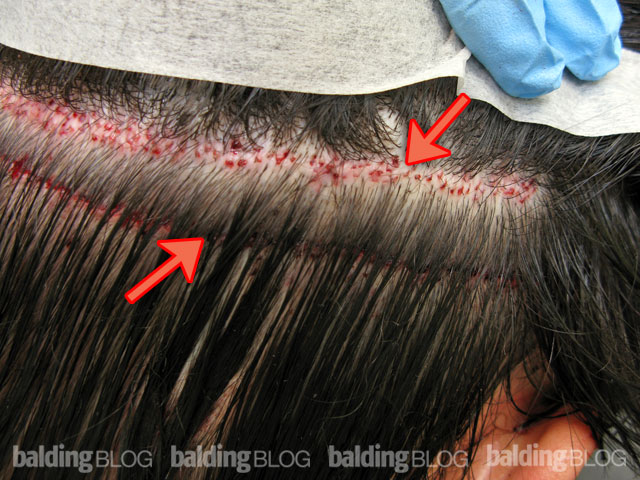
 I have followed Bruce Willis’ hair loss over the years from his thinning during the TV series
I have followed Bruce Willis’ hair loss over the years from his thinning during the TV series 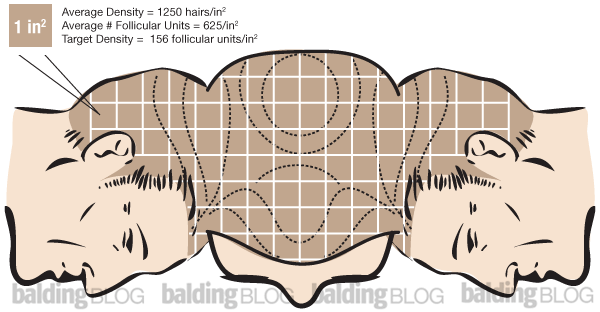
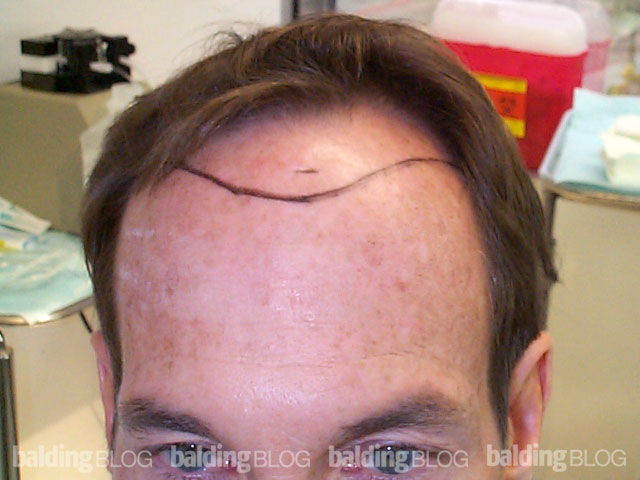
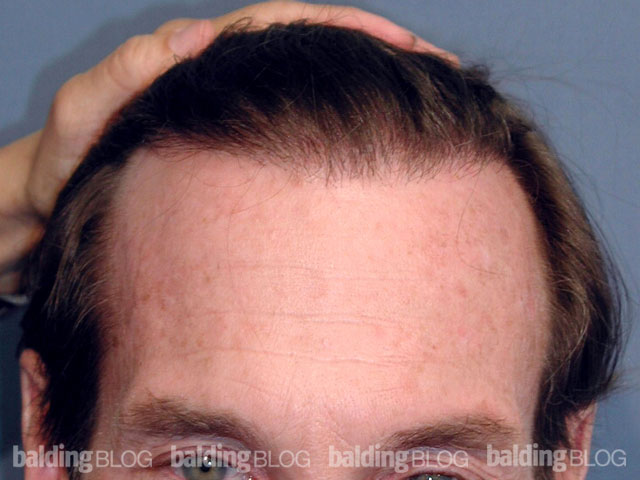
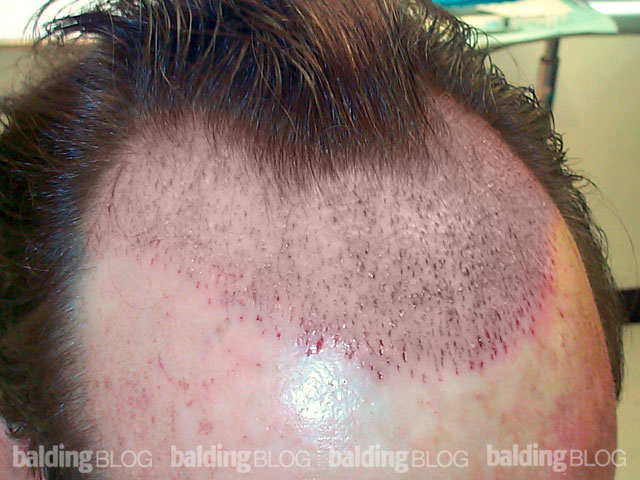
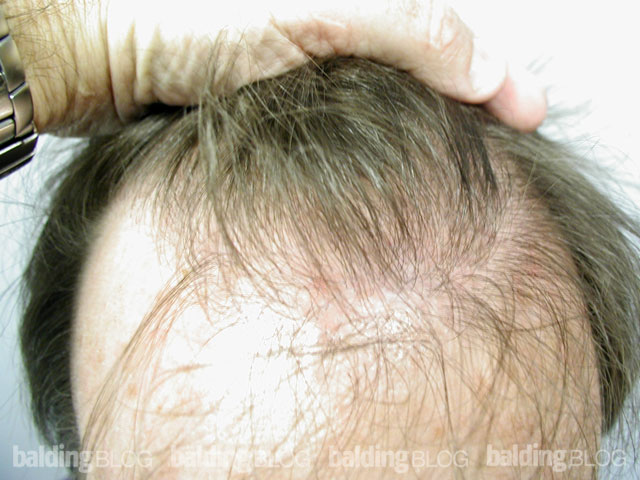

 You need to go see your doctor for a physical examination and possible testing. While Propecia can cause a decreased sex drive (in 1 to 2% of men), it is temporary since the drug only lasts in your blood stream for about one day. After one year, I hardy doubt your sexual problem is due to Propecia. You need to see a doctor for further evaluation. In fact, erectile dysfunction may be one of the first signs of an underlying medical problem.
You need to go see your doctor for a physical examination and possible testing. While Propecia can cause a decreased sex drive (in 1 to 2% of men), it is temporary since the drug only lasts in your blood stream for about one day. After one year, I hardy doubt your sexual problem is due to Propecia. You need to see a doctor for further evaluation. In fact, erectile dysfunction may be one of the first signs of an underlying medical problem. I received this email from a patient of mine and I have reposted it below with his permission (removing any identifying information, of course). This was not solicited, and it serves as an example of those men out there that are looking into hair systems (otherwise known as wigs or toupees). The price chart at the end of this post could be a wake-up call to many that think hair systems are cheaper than
I received this email from a patient of mine and I have reposted it below with his permission (removing any identifying information, of course). This was not solicited, and it serves as an example of those men out there that are looking into hair systems (otherwise known as wigs or toupees). The price chart at the end of this post could be a wake-up call to many that think hair systems are cheaper than